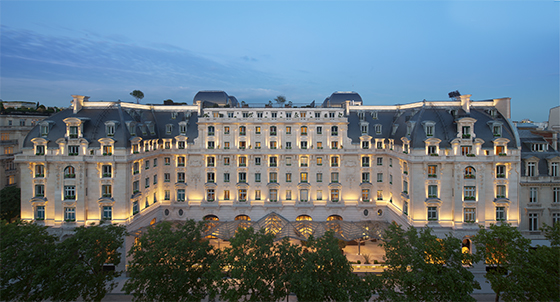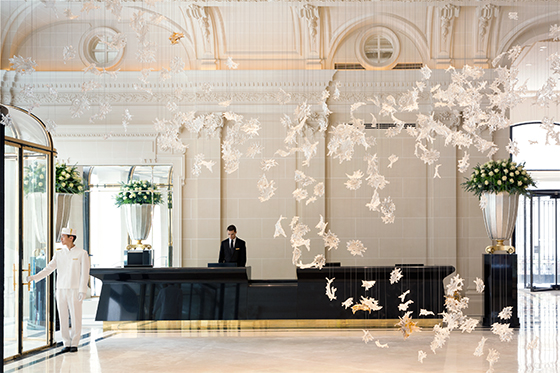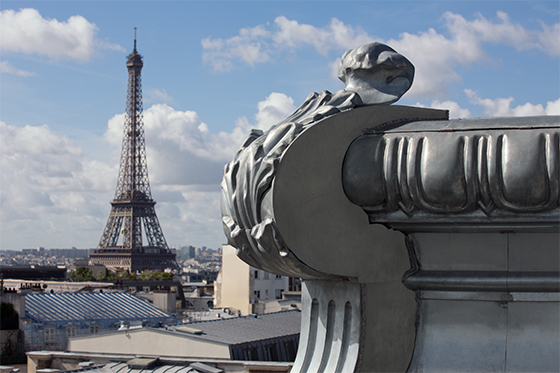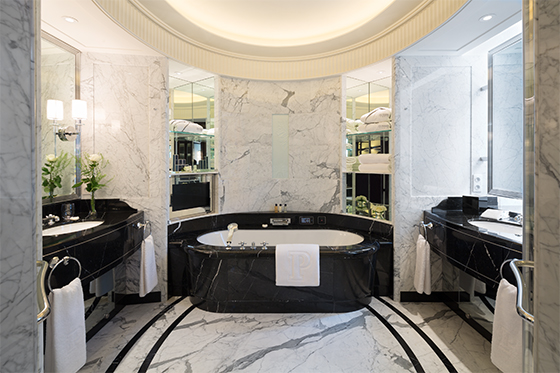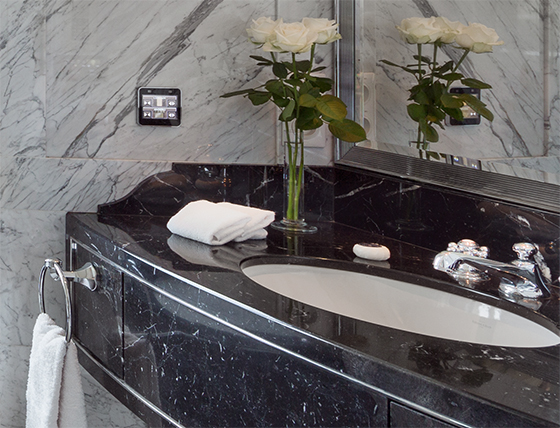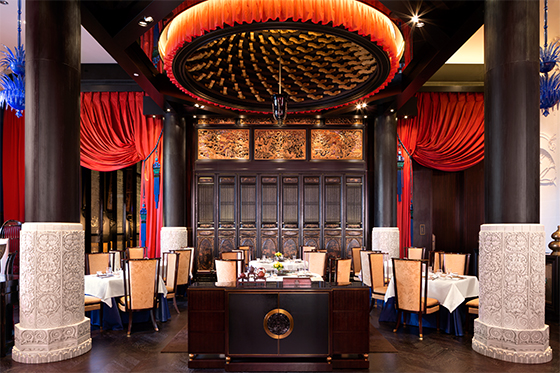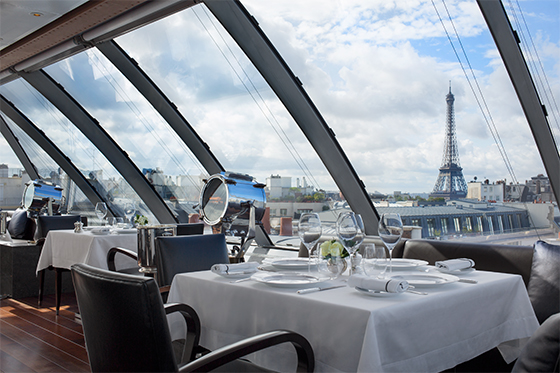Hôtel Peninsula Paris: The Restoration, Renovation and Innovation of a 21st Century Palace
Text by Villeroy & Boch
Mettlach, Germany
14.11.16
Located in the heart of Paris’ 16th arrondissement and in close proximity to iconic attractions such as the Arc de Triomphe and the Champs Elysées, the 200-room Peninsula Paris blends tradition with innovation by restoring and preserving a storied historic building while offering the modern facilities, technology and standards of a 21st century hotel. The interiors were designed by The Peninsula’s in-house team in cooperation with Henry Leung of Hong Kong-based Chhada Siembieda Leung Ltd., while the ground floor architectural restoration was headed by Richard Martinet of Affine Design.
This 19th century French-style building first opened in 1908 as one of Paris’ most celebrated ‘grands hotels’. Following the wartime occupation of Paris, it was converted into UNESCO headquarters in 1946 and in 1958 it became a conference centre for the French Ministry of Foreign Affairs, where it was home to numerous high profile events until 2009. While the original hotel took only two years to build, the extensive restoration took some four years, with the renovated Peninsula Paris opening its doors to the public in August 2014.
Working with France’s top heritage organisations, period decorations including original marble, stucco, mosaics, roof and wall tiles, wood carvings, stone work, gold leafing, and paintings were painstakingly restored and preserved by some of France’s most revered family firms with experience on heritage projects such as the Louvre and Palace of Versailles. The existing 10,000 square metre facade for instance required the skills of 20 stone-masons from historic monument specialist Degaine, while inside, wood-restoration experts Atelier Fancelli numbered and removed over 1,000 original wood panels in the Lobby and Bar, sanding them down, restoring and replacing them.
Following large-scale technical and engineering works to strengthen the existing structure, the modernisation of the building includes the excavation of three basement levels to provide a number of contemporary facilities ensuring that the hotel remains at the cutting edge. These facilities include a spa, a 20 metre indoor swimming pool and state-of-the-art fitness centre. In the guestrooms, soft grey and cream hues inspired by Paris’ fashion heritage fuse with marble bathrooms, modern fittings from Villeroy & Boch and high-tech elements including bedside and desk tablets.
Art also plays an important role in the hotel’s public spaces. A bespoke installation featuring a cascade of 800 crystal ‘dancing leaves’ in a nod to the city’s tree-lined allées creates a luxurious sense of arrival in the foyer, while the entry signage for the hotel’s Cantonese restaurant LiLi showcases an innovative first with a large fibre-optic hanging that produces a spectacular, glowing effect.
By respecting and retaining the authenticity of the original materials and spaces, the Peninsula Paris marries the spirit of the 19th century to the body of a contemporary hotel, giving back to the rich architectural heritage of Paris with a resplendent palace for the 21st century.

